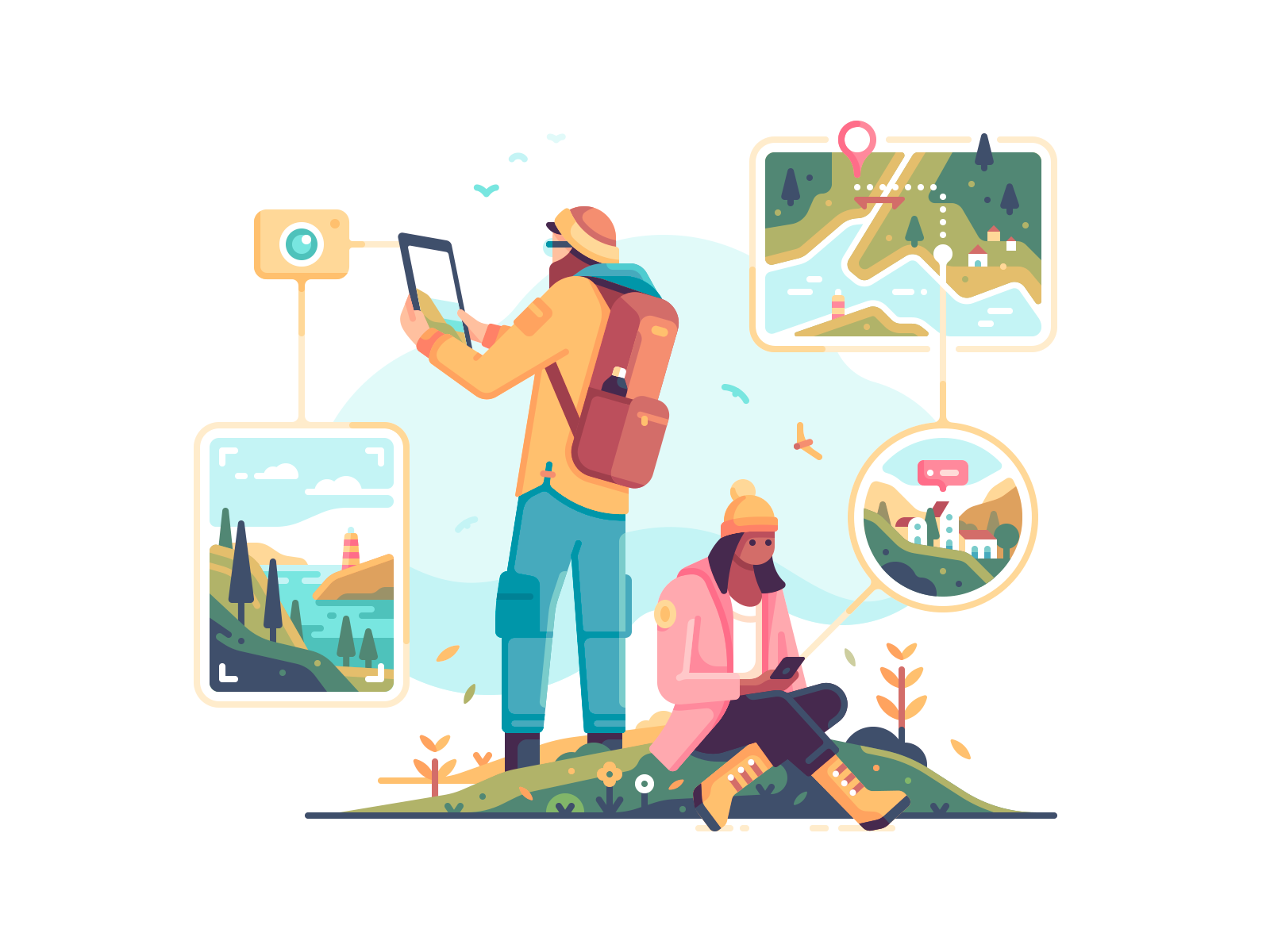We bet you’ve never met someone who says they don’t like traveling. That’s why it isn’t surprising that tourism today holds one of the highest positions among the world’s industries. Global revenue of almost 10 trillion US dollars, in 2019 alone, shows how important tourism is in our lives.
As this industry develops further, so the attention, demands, and interest in tourism grow, thus the competition. A great travel website is unique, colorful, and eye-catching – and we’re here to show you how to create one.
Even in the time of global isolation that we’re currently in, tourism is showing its invaluable role that it possesses in modern society. The consequences are felt, and will still be felt by everyone in the industry – from travel agencies to travel guides, international hotels to seaside apartments for rent, adventurer vloggers to travel bloggers.
Although, for now, we’re unable to travel, that doesn’t stop us from longing for stunning photos of beaches, dreaming about our next trip thanks to colorful travel blogs, or even planning a vacation with a little help from famous adventurers and travel bloggers. And when all this with the coronavirus comes to an end, tourism will flourish to unprecedented heights.

Therefore, your tourism business must be ready for the influx of travelers hungry for new experiences and exotic destinations. So, as not to miss this opportunity, read our tips for creating a professional travel website, which can be designed via two kinds of platforms, that turns visitors into customers and gives your business competitiveness.
Top-Notch Home and Landing Pages – Mandatory for Tourist Websites
The first impression is everything, so you mustn’t disappoint. In general, there are three key things that people who’re interested in traveling will look for on the website:
- reliable information
- enchanting photos and videos
- reliable partnership
Therefore, the website must exude professionalism from the very beginning, and there’s no better place for such a thing than the home page and separate landing pages. These are the two types of pages that your visitors will first come across during the initial encounter with the brand, and they will definitely affect whether you turn that user into a customer.
The home page should present who you are and what you do, without misleading visitors, even unintentionally, with the content or offers you don’t have. It should present everything your brand is but in a concise, precise, and tempting way. Beautiful photos, harmonious design, and accurate, useful information will help visitors build trust in the brand.

Landing pages, on the other hand, are designed specifically for a particular service, offer, or type of content. Therefore, travel agencies should focus on the different destinations and accommodations they offer. Travel guides can create landing pages about tours, along with interesting facts that will entice visitors. Travel bloggers, vloggers, or adventurers can choose stories or image galleries from the places they’ve visited for landing pages.
Photos and Videos of High Quality and Resolutions
A picture is worth a thousand words. Your text may be at the level of the best poet in terms of describing nature, but beautiful photography will always have more success.
However, we’re in 2020 and the photos are slowly vanishing into oblivion. On the other hand, we have 360-degree images, videos, virtual tours, VR, and more. If you’re the manager of a hotel, motel, or any type of accommodation for tourists, show a gallery of pictures of the rooms in which guests will stay. For travel bloggers – a video showing a destination or a vlog in which you share experiences is a great idea.

Visual content is crucial because it provides value to your visitors. It’s a sign that what you’re offering is true, that people can trust you, and that you have nothing to hide. All this will convince them they should choose you for their next vacation.
Large and high-quality photos are a must. However, there are certain issues with that. The first is the optimization and speed of the website, which can be significantly impaired if the photos aren’t uploaded in the right way. The second is their layout – if you set photos contrary to UX guidelines you can confuse and discourage visitors from further exploring the website. Therefore, it’s best to consult a professional who’ll be able to provide you with the best of both aspects.
#website development
